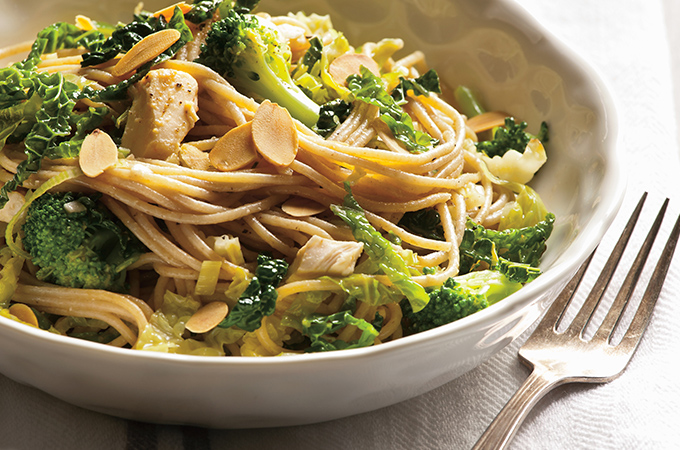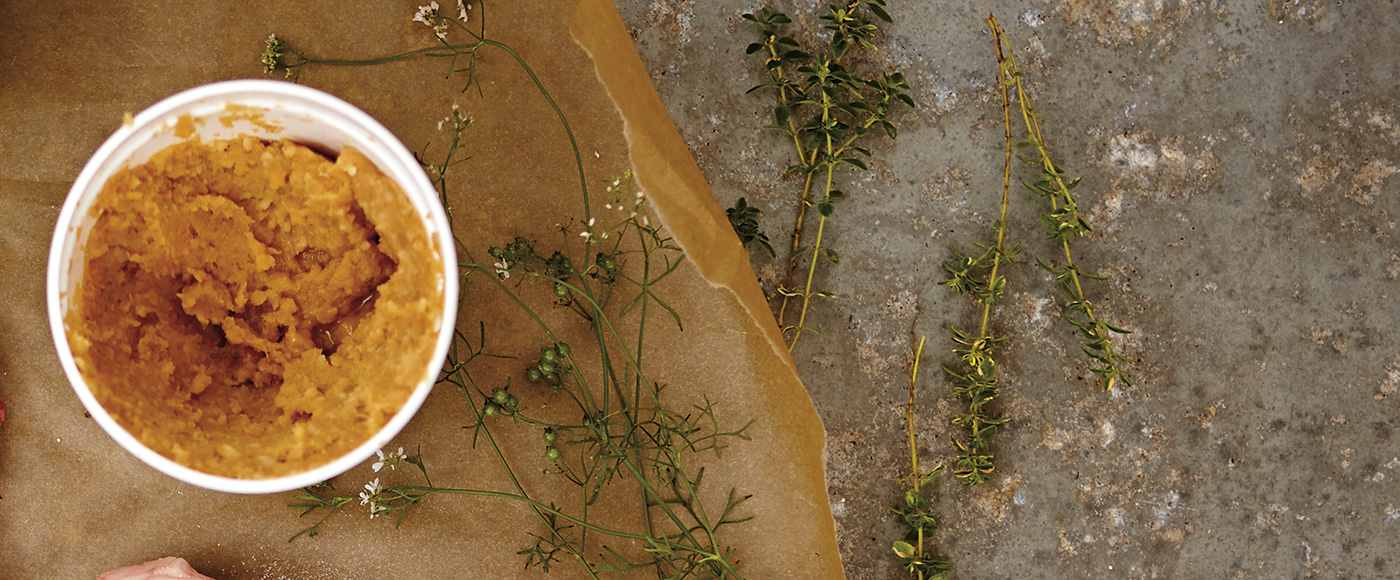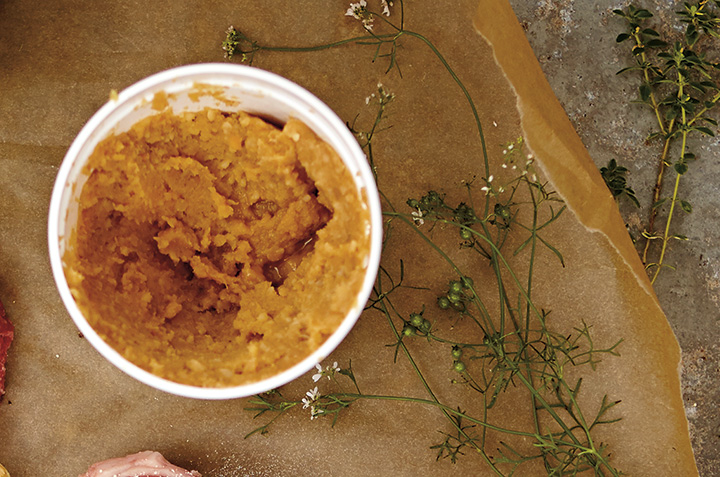1. A spoonful a day keeps the doctor away
Miso is rich in B-complex vitamins, enzymes, proteins and probiotics. Unpasteurized, slowly fermented miso also helps with digestion and the absorption of nutrients. Consumed regularly, it may also play a role in the prevention of certain types of cancer!
2. Centuries in the making
Miso is a paste created through the fermentation of soybeans and one or more grains. It is thought to have been introduced in Japan by Buddhist monks in the seventh century. Today, there are over 50 varieties in the Land of the Rising Sun. Try it in this modern recipe for chicken and miso pasta!

Weekday Recipes
Chicken and Miso Pasta
3. Miso and pepper
Though it’s mainly used in soup, miso can also be used as a substitute for salt, tamari or concentrated broth in most recipes (such as salad dressings, marinades, sauces, dips and spreads). Choose an unpasteurized variety that retains its properties, and add it at the end of cooking after diluting it in a little warm water.

Weekday Recipes
Miso Soup with Turkey Meatballs
4. Made from concentrate
Depending on the grain used to make it, miso can have a strong flavour resembling a beef broth (such as Bovril). Barley miso tastes more like chicken broth—try it with black cod.

30-Minute Recipes
Miso-Glazed Black Cod
5. Tastes like home
The vacuum-packed misos available in local grocery stores are generally pasteurized and come from Japan or California. But excellent miso is also made here in Canada!

